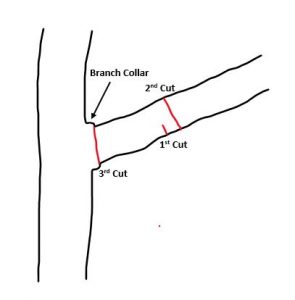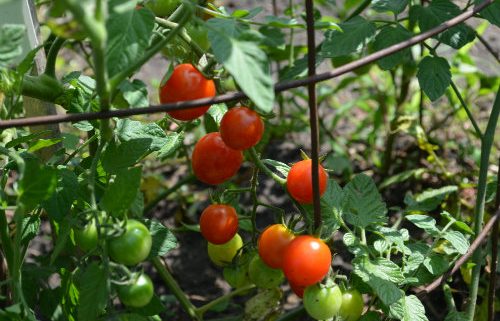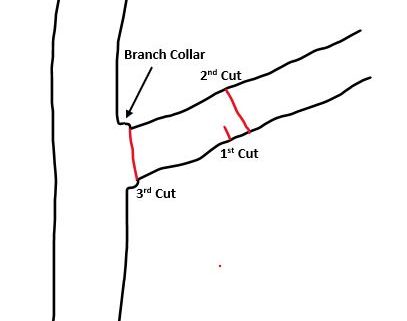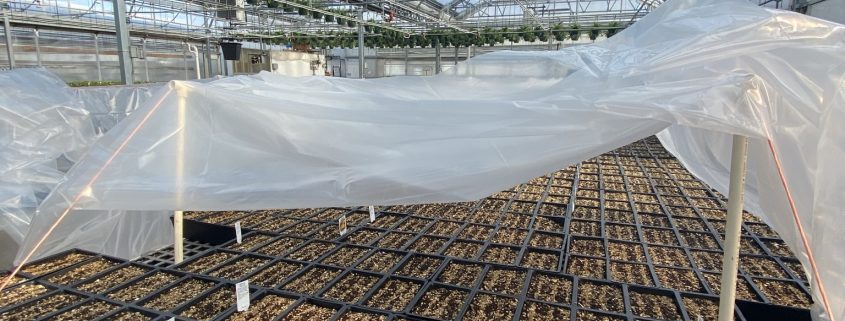Pruning Tips and Tricks
NewsLate winter is a great time to prune your trees! While it may seem like a chilly time of year to prune, it is often better for your trees. The harsh cold is behind us and the pests that can plague trees have not yet started to wake up.
While it is best to prune most species in late February to early April, some species such as maples are best pruned after they leaf out in the spring. It won’t harm maples to prune them in late winter, but they exude a lot of sap out of the cut wound.
The main reasons to prune include:
– removing dead or broken branches
– removing branches that are crossing or rubbing
– to shape the tree
The only tools you really need to prune are a hand saw, a lopper, and a pruner, depending on the size of the branch you wish to remove. When making a pruning cut, it is important to make sure that you don’t cut off the branch “collar”, which is the raised, bumpy area near the base of the branch. This collar is how the tree begins to heal the wound by growing over it. If pruning occurs correctly, you do not need to “paint” the wound and in fact, this can hamper the natural healing of the tree.
When pruning bigger branches, a 3-step approach is best.
– The first cut should be an undercut about a quarter of the way through the branch about a foot from the base of the branch. – This cut prevents the weight of the branch from tearing the bark when the branch is cut off.
– The second cut should be an overcut to remove the bulk of the branch about a foot from the base of the branch.
– The third cut should be right next to the branch collar to remove the final stub of the branch.
Happy Pruning!
Quick Links
Stay in touch
Store Info:
18364 County Road 9
Lester Prairie, MN 55354
retail@holasekflowerpower.com
(320) 395-2780
Hours:
Monday-Friday: 9:00-5:00
Saturday: 9:00-2:30
Sunday: Closed
Credit Cards Accepted
![]()





